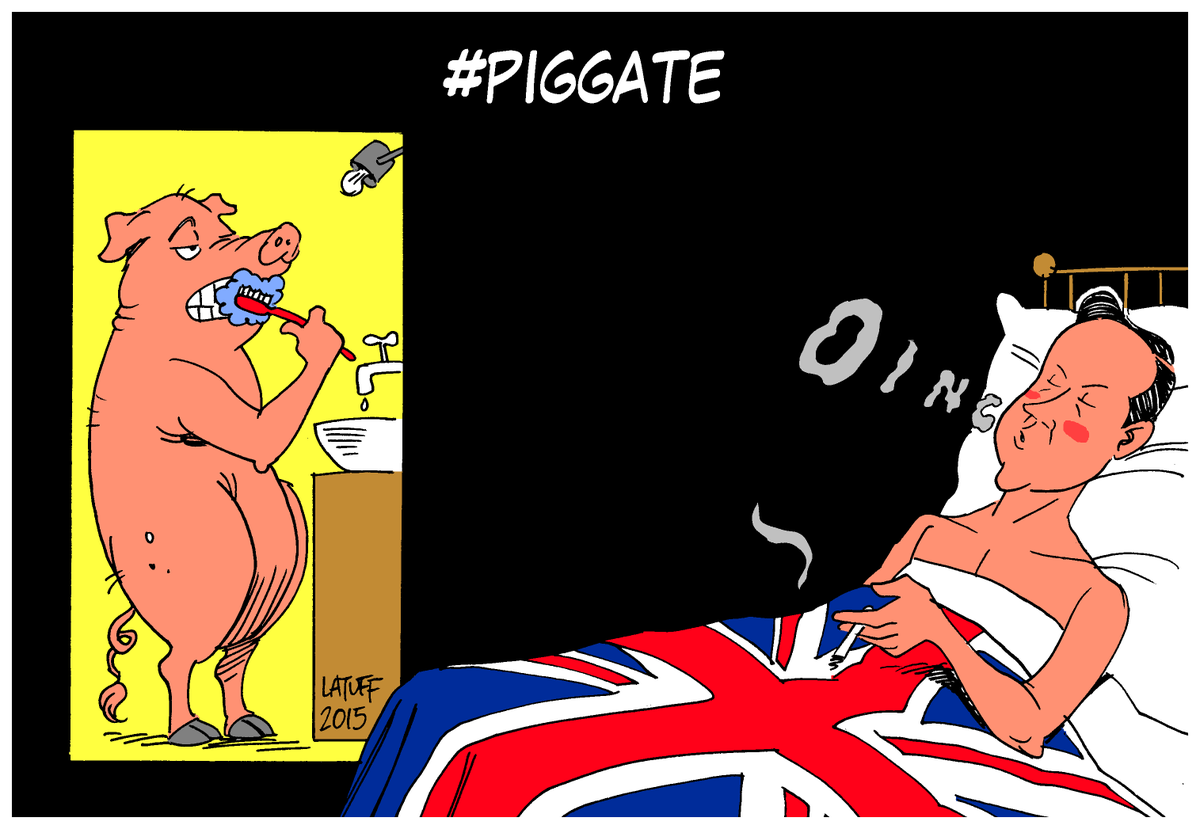Modernism does away with history in favour of the future. It is industrialism and technology based.
Jameson is a marxist theorist, so is therefore critical and political.
Hutcheon is a culture theorist. Her theories are influenced by movies and books etc.
Parody & Pastiche.
1. What is parody/pastiche according to each author?
Jameson: Talks more about pastiche than parody. He says that pastiche is the appreciation of being able to relive the past. He says that the work parody shouldn't be used to talk about post-modernism.
Hutcheon: Talks more about post-modernism being parody. She thinks positively of it, as it is mocking modernism.
2. How does parody/pastiche relate to postmodernism?
Parody is copying a style of work and mocking it, whereas pastiche is copying a style of work and honouring it.
3. How does Jameson's tone of voice compare to Hutcheon's?
Jameson: Speaks of pastiche critically, as he is a Marxist theorist.
Hutcheon: Speaks of parody positively, however is critical of Jameson.
Jameson thinks that parody should be avoided however Hutcheon quotes him on pastiche when discussing parody.
4. How might these ideas relate to graphic design/visual communication?
It can either be used as nostalgia or as a rebellion. This needs to be addressed along with the audience at the beginning of the design process.
Write a definition of parody/pastiche according to Jameson & Hutcheon and how these relate to contemporary visual communication. Use at least one quote from each author and use Harvard Referencing.
According to Jameson, parody is 'the imitation of a peculiar or unique... style, the wearing of a linguistic mask, speech in a dead language' He says pastiche is 'thus a blank parody, a statue with blind eyeballs" it is to parody what the other interesting and historically original modern thing, the practice of a kind of blank irony.' He speaks very highly of pastiche, however says that the word parody shouldn't be used in relation to post-modernism. He kind of says that the word parody gives the opportunity to copy other peoples work and get away with it, for example 'Plato's conception of the "simulacrum", the identical copy for which no original has ever existed'.
However, according to Hutcheon, parody is 'the modern city of being the product of an alliance between bureaucracy and totalitarianism', meaning that she views postmodernism as a mockery of modernism. She disagrees with Jameson as she thinks parody is 'not just the cry of rage of a minority of intellectuals who want to teach others how to live, and who celebrate their own solitude and separateness'.
Stranger and Stranger.
Adbusters.
Political Satire.





No comments:
Post a Comment